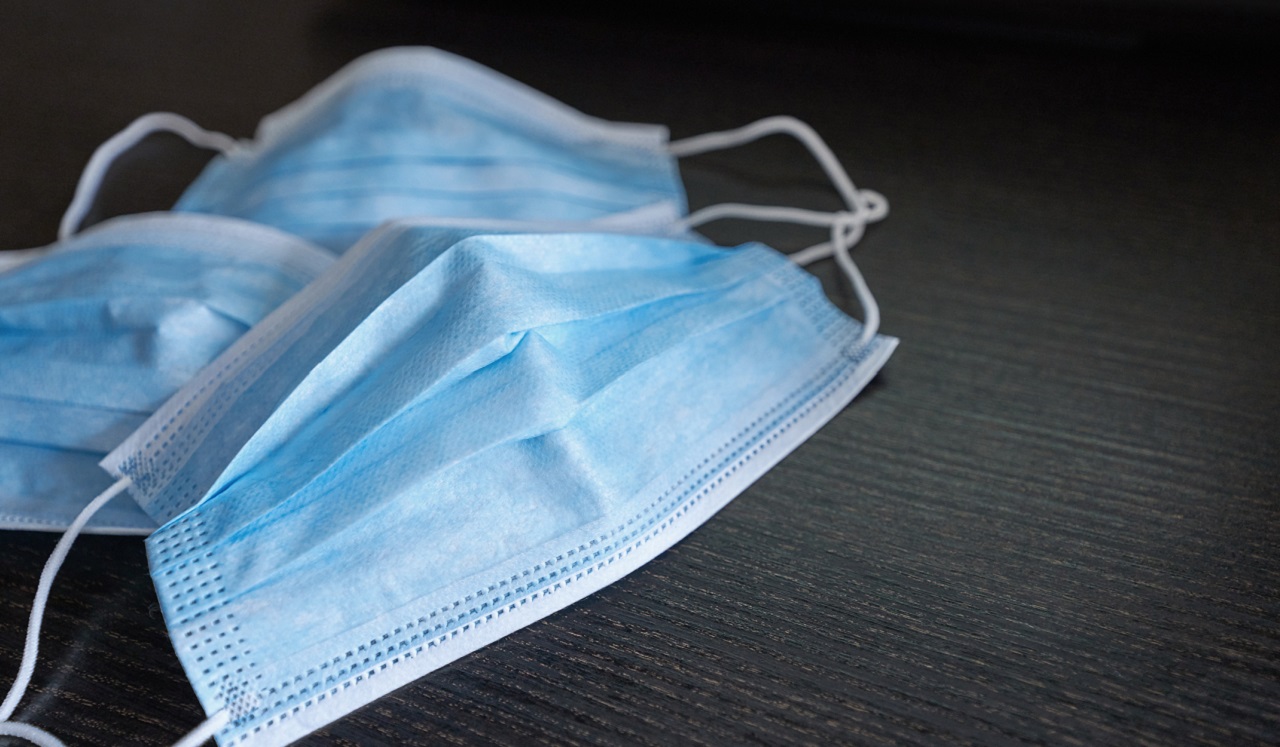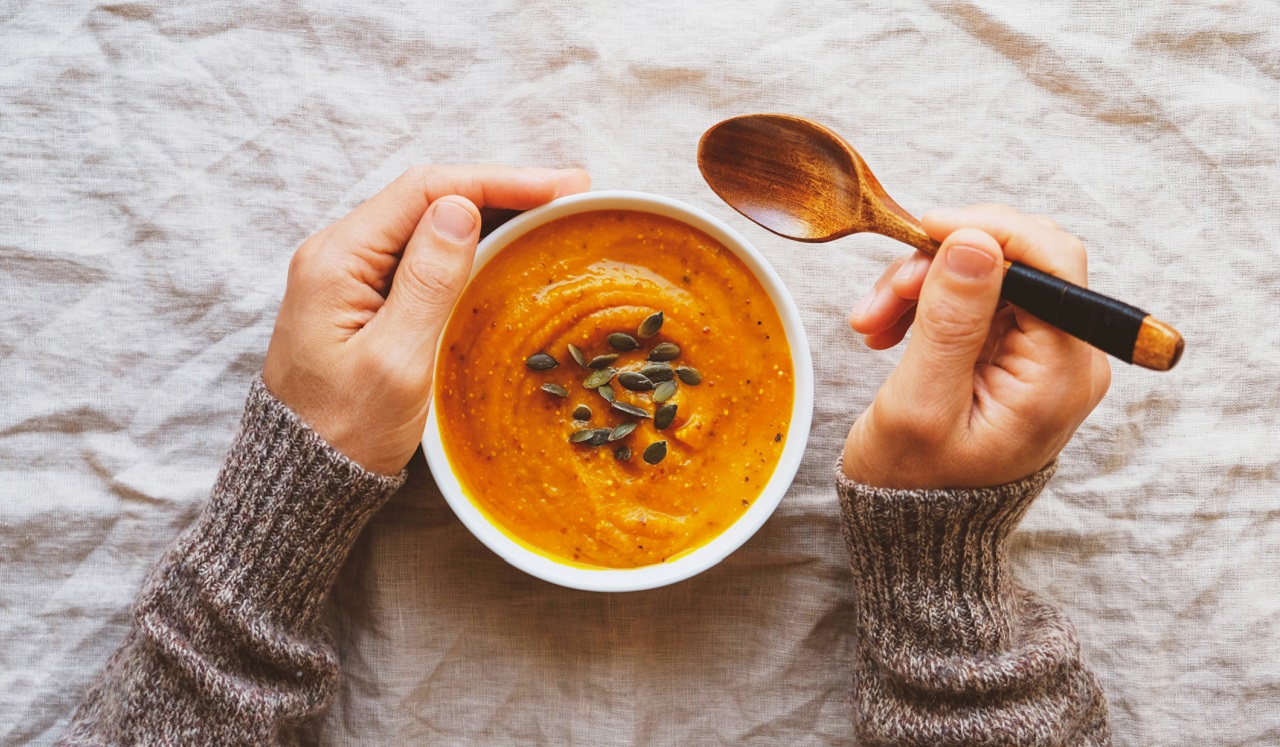February 11, 2021
If one mask is good, are two even better?
When it comes to double-masking against COVID-19, the answer is yes, says Linda Yancey, MD, infectious disease specialist at Memorial Hermann Katy Hospital and Memorial Hermann Memorial City Medical Center.
“It makes common sense,” says Dr. Anthony Fauci, MD, director of the National Institute of Allergy and Infectious Diseases. Either way, wearing masks properly protects you and your loved ones from spreading or getting infected by invisible respiratory droplets too tiny to see.
Let Dr. Yancey separate fact from fiction:
Not all masks are created equally.
FACT: “Some give more protection,” Dr. Yancey says. The two key traits are layers and fit.
The U.S. Centers for Disease Control and Prevention recommends double-layered face coverings of tightly woven cotton, or medical procedure masks.
Fit matters. A good fit optimizes performance. A mask needs to be snug, with no gaps on the cheeks or elsewhere. You even can improve the fit of medical procedure masks: Place a cloth mask over the accordion (medical) mask, knot the ear loops of the masks and then tuck and flatten extra cloth close to the face.
Those measures combined reduce exposure to COVID-19 by up to 95%, the CDC found in its own experiments.
How did single masks compare? When exposed to particles, unknotted medical procedure masks alone blocked 42% of the particles from a simulated cough, while cloth masks alone obstructed 44.3%.
Cloth on top of medical masks thwarted 92.5% of cough particles, CDC’s research showed.
“Universal masking is highly effective in slowing the spread of SARS-CoV-2,” Dr. Yancey says.
Also, covering your mask with a sleeve made of sheer nylon hose around the neck and pulled up over your mask is effective.
You also may need to get a larger size if your mask leaves gaps on the sides of your face.
“Paper masks give less protection than a KN95 mask, but they do the job when fitted well,” says Dr. Yancey, who wears accordion paper masks herself. “Cloth or paper masks should have two layers with filler in between.”
As long as you cover your nose and mouth, you're fine.
FICTION: Alas, no. Gaiters need to be tucked into your shirt at the neck or they’re ineffective.
And pandemic beards and mustaches should go, the CDC says. They lift masks, allowing air to enter.
Bandanas provide less safety than medical masks, as they’re made of a single layer of thin and porous fabric.
The CDC’s experiments focused on cloth masks over medical grade (paper accordion masks). They did not study doubling cloth over cloth or medical procedure masks over medical masks. And they did not look at the effectiveness of medical masks over cloth.
Masks should be optional.
FICTION: Not only the CDC encourages mask mandates. As of Feb. 1, 2021, 14 states and the District of Columbia had universal masking rules.
They’re also required on buses, trains and planes, as well as on all federal properties.
Consider face coverings a way to substantially cut your exhaled drops from infecting others—and theirs from reaching you. You protect yourself and others by wearing masks, in case you or they are infected with COVID-19 without knowing it or showing symptoms.
You've been vaccinated so you don't need face coverings.
FICTION: Doctors urge the wearing of masks by everyone, vaccinated or not. Even if your immunity has been improved, you still can pass the virus to others.
The CDC urges people to continue distancing physically, washing hands thoroughly and avoiding crowds and poorly ventilated indoor spaces.
Double masks can be fun.
FACT: Bedazzled or printed face coverings on top of standard—but safe—masks have become a fashion statement.
“Some doctors—especially pediatricians—wear masks adorned with Spidermans,” Dr. Yancey says. “They’re fun, and patients love them.”
Your children may be more inclined to mask up if the covering is adorned with a character or a print they love.
The more uncomfortable your mask, the more likely you'll remove it.
FACT: That’s a strike against thicker masks, Dr. Yancey says.
At Memorial Hermann, doctors and medical assistants wear medical-grade paper masks for up to 10 hours daily. “They’re more comfortable.”
It's easy for your mask to slip down on your nose as you talk.
FACT: You need to be aware when your nose or mouth are exposed. Masks may slip down your nose, reducing your protection. Keep masks over the bridge of your nose and extending over your chin, with no air pockets that could expose you to SARS-CoV-2.
“Also, a mask is not a necklace or an earring, it must cover your nose and mouth,” Dr. Yancey says.
You can wear the same paper mask for days.
FICTION: They’re intended to be used once and then pitched. “You should wear a new one every day.”
Remove face coverings by their strings or bands to avoid contaminating yourself. Wash hands thoroughly afterward.
Pandemics and fear spur rumors.
FACT: “Like so many things, something gets mentioned and it flies around the Internet. But that doesn’t make it true.”
Learn more about COVID-19 and the COVID-19 vaccine »
The information in this article was accurate as of February 11, 2021.


